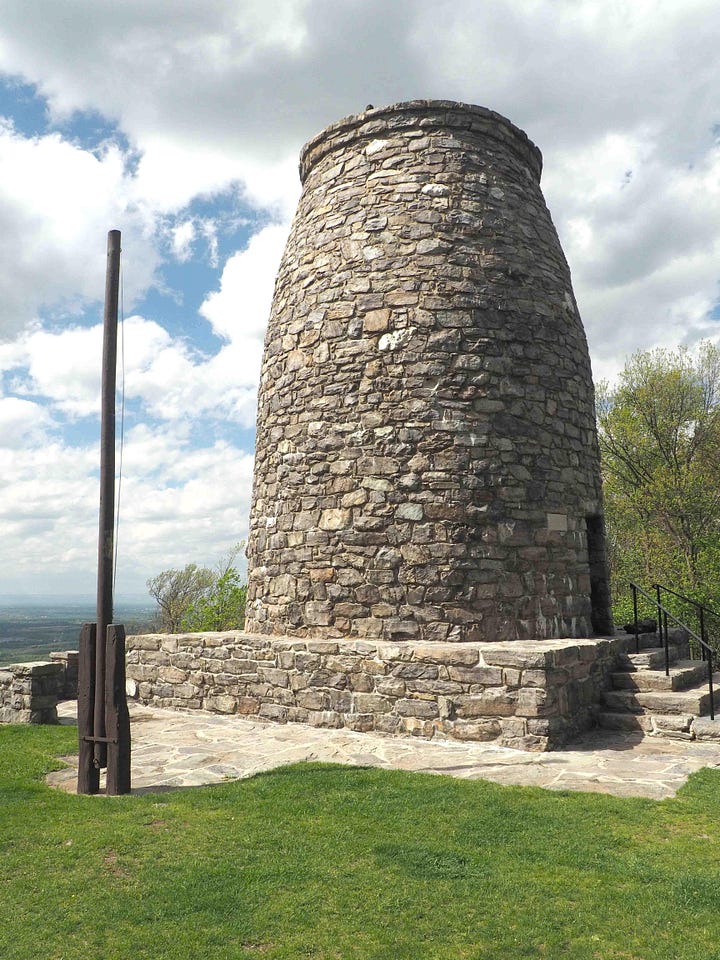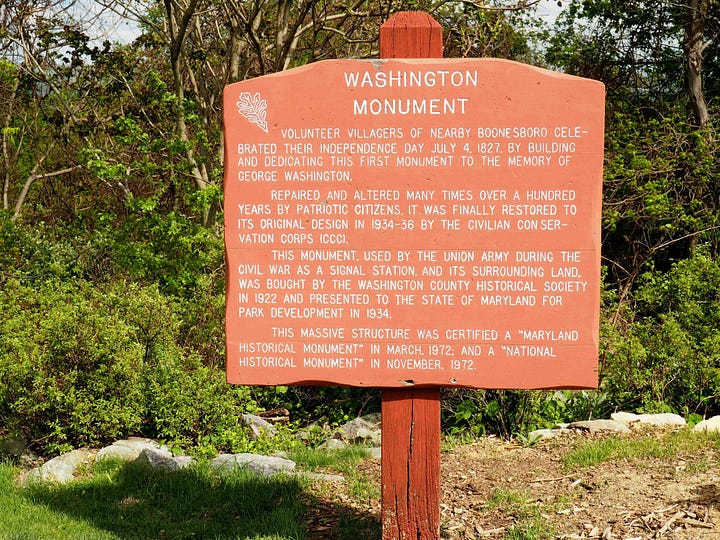Last week I celebrated one month of posting on The Silent Sod, and I have to say, I haven’t been this excited about a one month anniversary since I first started dating in high school. I am seriously enamored of this newsletter! I stay up late thinking about it, I check my stats more often than I should, and I get a serious thrill anytime a reader reaches out.
Today, I’m doing a roundup post where I’ll share feedback I’ve received recently from readers, make a few recommendations about things that have caught my interest, and suggest some books that are informing my new Photo-synthesis series, William Finch & Daffodils.
Listen
What should be done if a memorial poses a risk of death or injury to those who try to visit it? This question is examined in The ‘Into the Wild’ Bus Has Another Story to Tell, a recent episode of the podcast Outside. A preservationist I follow on Instagram recommended it, and it’s a great listen.
In response to my recent post, My Camellia Friend, my mom sent me the song “Bus to Baton Rouge” by Lucinda Williams that begins with the lines:
I had to go back to that house one more time
To see if the camellias were in bloomIt’s a haunting song, and the album cover featured on the YouTube video shows a zinnia rather than a camellia, which was cool for me because the last time I was in Atlanta, I did drive by my old house to see how my zinnias were doing. I miss them.
Look
If you are looking for some high quality cemetery content on your Instagram feed, may I suggest Adventures in Cemetery Hopping, Tomb with a View, and Cemetery Nerd.
Watch
Check out this presentation about the Freedman’s Village that existed on land that is now part of Arlington Cemetery. One of my favorite Civil War facts is that early in the war Union forces seized Southern General Robert E. Lee’s Virginia plantation because of it’s proximity to Washington DC. Near the end of the war, with local cemeteries at capacity, they started using Lee’s land as a burial site, which has since become Arlington Cemetery. I visited the cemetery recently and was fascinated to learn that it was also the site of a Freedman’s Village, a community for the newly emancipated, that was active from 1863-1900.
Read
One thing that draws me to the story of Oakland Cemetery resident William Finch is that he, like four million other people who were enslaved at the time of the Civil War, experienced a transition from slavery to freedom. In the past, I’ve erroneously thought about emancipation as something that happened when Lincoln made his proclamation and in one fell swoop all the enslaved were free. But the reality is the Emancipation Proclamation was enforced over the period of a couple years as the Union army seized control of Southern territories, and many Blacks sought their own freedom by fleeing to Union lines. Looking at emancipation in this way, as a unique journey for four million people, rather than the result of the actions of one man opens up so many stories. Here are a few historical novels I’ve enjoyed recently that give insight into the transitions that happened during this period:
Black Cloud Rising by David Wright
The Sweetness of Water by Nathan Harris
Daughter of a Daughter of a Queen by Sarah Bird
And Finally
I’m grateful to Ren and Helen Davis for sending along some photos of the nation’s first Washington Monument, which was erected in Maryland by a group of citizens near Boonsboro. Ren and Helen featured this monument in their book Our Mark on This Land: A Guide to the Legacy of the Civilian Conservation Corps in America's Parks, and they are also authors of the definitive guidebook Atlanta’s Oakland Cemetery. According to this Smithsonian article about the first Washington Monument near Boonsboro, it was apparently constructed much more quickly than the DC monument I wrote about recently, but it suffered serious neglect before it was restored as a Civilian Conservation Corps project.


When Ren and Helen shared the title of their book, it brought an interesting question to mind for me: how many monuments across the nation might have been lost if not for the efforts of the Civilian Conservation Corps?






I love the suggestions!
Thanks, Sarah, for your kind words about our books. Yes, the CCC did a remarkable amount of restoration work on structures, battlefields, etc... In addition, they constructed a large number of facilities that are still widely used today.